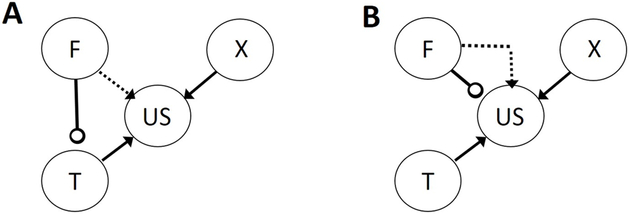Figure 2. Alternative associative structures established in serial feature negative discriminations.
Panel A shows a structure in which a representation of the feature (F) suppresses processing of a representation of the target (T), and Panel B shows a structure in which a representation of F suppresses processing or raises the activation threshold of a representation of the unconditioned stimulus (US). X refers to a representation of a transfer test stimulus paired with the US outside of the discrimination task (see sections on transfer effects in “Assays of occasion setting” and “Contents of Occasion setting”). Arrows indicate simple excitatory associations and open circles indicate negative modulatory (occasion setting) links. The dotted arrows refer to excitatory associations established after counterconditioning (see sections on counterconditioning in “Assays of occasion setting” and “Contents of Occasion setting”).

